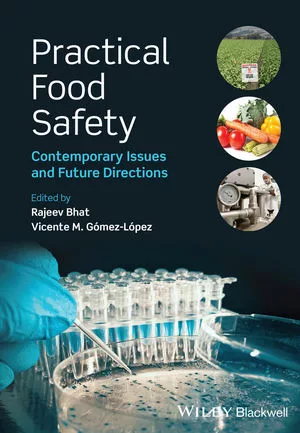FDA Study Will Evaluate Children’s Exposure to Mercury from Seafood

Credit: congerdesign (congerdesign-509903) via Pixabay
The U.S. Food and Drug Administration (FDA) has asked the National Academies of Sciences, Engineering, and Medicine (NASEM) to conduct an independent study to assess young children’s exposure to mercury from consuming seafood. FDA is partnering with the National Oceanic and Atmospheric Administration, the U.S. Department of Agriculture (USDA), and the U.S. Environmental Protection Agency (EPA) on the study, which supports the goals of FDA’s Closer to Zero Action Plan for reducing babies’ and young children’s exposure to toxic heavy metals from foods.
While seafood carries certain healthful benefits for children and mothers, it is also the primary dietary source of mercury, which is spread throughout the environment by both natural and human-made processes. Mercury can damage the nervous system, and babies and young children are more vulnerable to the harmful health effects of the toxic metal. Seafood can also be a source of exposure for other naturally occurring and human-made contaminants.
The study is designed to provide the most up-to-date understanding of the science of seafood consumption and child growth and development. Better scientific understanding of mercury exposure from food is a step in the cycle of continual improvement under FDA’s Closer to Zero Action Plan. The study will also help inform whether updates are needed for the agency’s current advice about eating fish for children and those who might become pregnant or are breastfeeding.
NASEM will convene a committee of experts to conduct systematic reviews of the scientific literature on seafood nutrition and toxicology. The collected data will then inform the basis for evaluating how seafood consumption impacts child growth and development. Specifically, the committee will:
- Evaluate dietary intake and seafood composition data provided by sponsors (USDA, EPA, the U.S. Department of Health and Human Services, and the U.S. Department of Commerce)
- Conduct systematic reviews of the scientific literature covering seafood nutrition and toxicology associated with seafood consumption and child growth and development
- Review existing sources of evidence on maternal and child seafood consumption and child growth and development
- Develop an approach to synthesize the scientific evidence, and utilize that strategy to develop its findings and conclusions about associations between seafood consumption and child growth and development.
NASEM will publish the committee’s report after the study is complete, which will take approximately 18 months. FDA will use the report’s findings, along with other data and information, to advance policies and programs that support healthy child growth and development.
While the study is underway, FDA will continue to provide information for those who are or might become pregnant, or those who are caring for young children, on which seafood varieties may limit exposure to mercury. FDA will use updated methods to collect and analyze new data on the mercury content of seafood.
Looking for quick answers on food safety topics?
Try Ask FSM, our new smart AI search tool.
Ask FSM →








